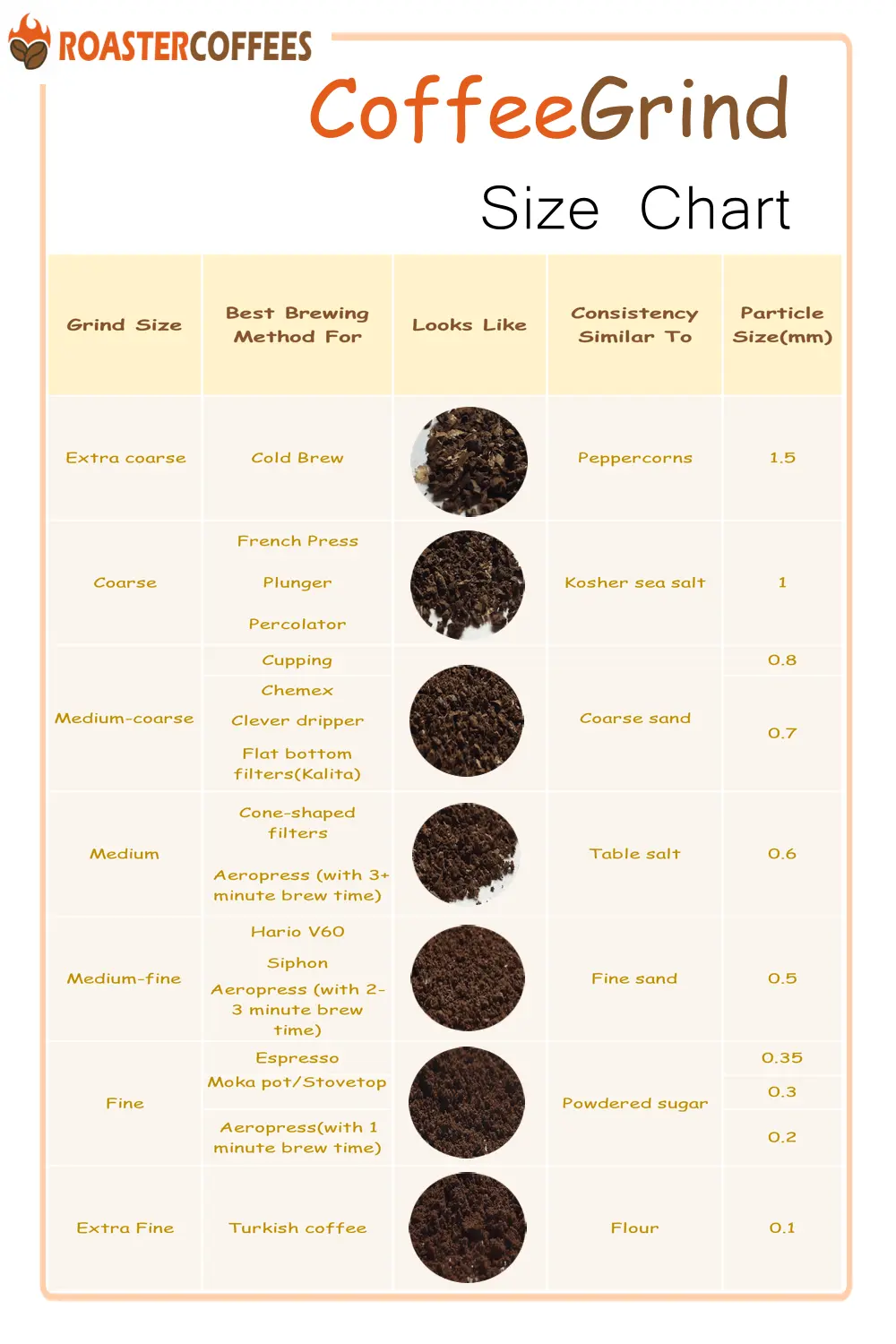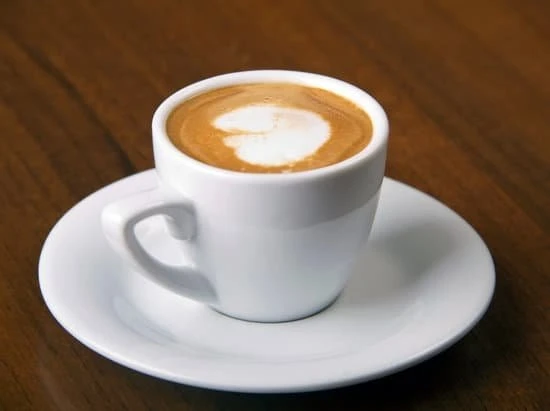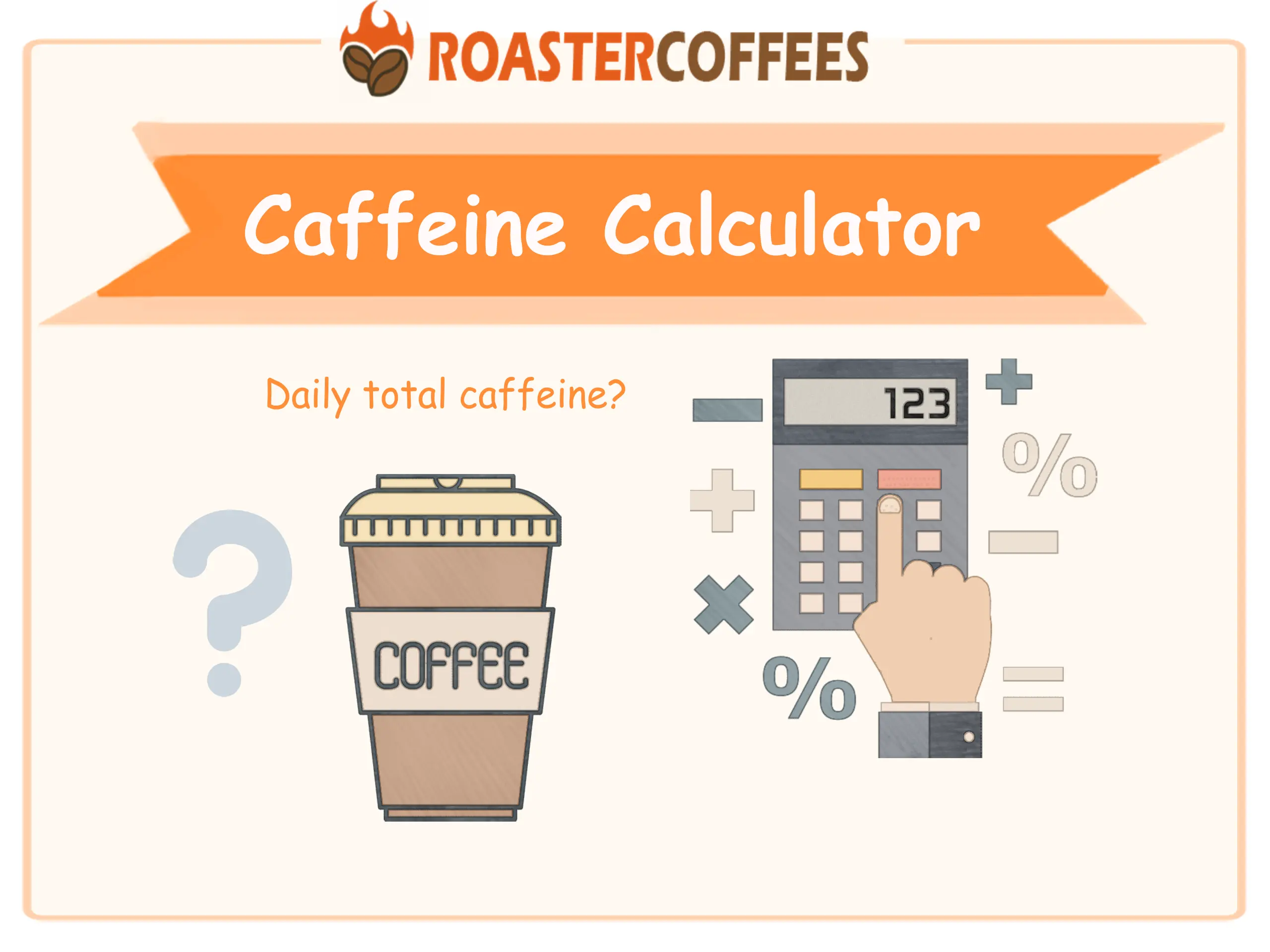# The Story of Coffee Brewing: From Bean to Brew
The journey of coffee from its origins as a wild berry to the intricate brewing methods of today is a fascinating narrative that intertwines history, technology, and artistry. This essay explores the evolution of coffee brewing, examining its historical context, various brewing methods, and the science behind extracting flavors, all of which contribute to the rich tapestry of coffee culture.

## 1. The Origins of Coffee: A Historical Perspective
### a. Discovery and Early Use
The story of coffee begins in the ancient coffee forests of Ethiopia, where legend has it that a goat herder named Kaldi discovered the stimulating effects of coffee berries in the 9th century. Observing that his goats became energetic after eating the berries, Kaldi tried them himself and experienced a newfound vitality. His discovery caught the attention of a local monastery, where monks used the berries to create a beverage that helped them stay awake during long hours of prayer.
By the 15th century, coffee made its way to the Arabian Peninsula, where it became integral to social and cultural practices. The first coffeehouses, known as qahveh khaneh, emerged in cities like Mecca and Istanbul, serving as gathering places for conversation, music, and intellectual exchange. These establishments played a crucial role in the spread of coffee culture, fostering an environment where ideas could flourish.
### b. Coffee in the Ottoman Empire and Beyond
As coffee gained popularity in the Ottoman Empire, it began to spread to Europe in the 17th century. The first European coffeehouse opened in Venice in 1645, quickly followed by establishments in London, Paris, and Vienna. These coffeehouses became known as "penny universities," where a cup of coffee could provide access to knowledge and conversation.
Coffee also played a role in political movements, with coffeehouses often serving as meeting places for revolutionaries. For instance, in England, they were venues for discussions leading up to the Glorious Revolution. In France, they became hubs for Enlightenment thinkers, while in the American colonies, they served as informal gathering spots for patriots.
[](https://roastercoffees.com/coffee-grind-size-chart#The_Coffee_Grind_Chart_Compare_Each_Size)
## 2. The Brewing Process: From Simplicity to Complexity
### a. Traditional Brewing Methods
The early methods of brewing coffee were simple and utilitarian. In the Middle East, coffee was often prepared by boiling ground coffee with water in a pot called a cezve or ibrik. This method, known as Turkish coffee, is characterized by its strong flavor and thick consistency. The coffee is typically served unfiltered, with the grounds settling at the bottom of the cup.
In Ethiopia, a traditional brewing ceremony involves roasting green coffee beans over an open flame, grinding them, and then boiling them with water in a clay pot. This communal ritual highlights the cultural significance of coffee and is often accompanied by the sharing of stories and conversation.
### b. The Evolution of Brewing Techniques
As coffee spread across the globe, so did the methods of brewing. The introduction of new technologies and materials facilitated innovation. The 18th century saw the emergence of percolators, which allowed for a more controlled brewing process. By the 19th century, the French press was invented, providing a simple yet effective method for brewing coffee.
The 20th century marked a significant turning point with the invention of the espresso machine in Italy. This machine forced hot water through finely-ground coffee at high pressure, producing a concentrated shot of coffee with a rich crema on top. The popularity of espresso gave rise to various espresso-based drinks, including cappuccinos, lattes, and macchiatos.
### c. Modern Brewing Techniques
Today, a plethora of brewing methods exist, each offering unique flavors and experiences. Popular modern techniques include:
Pour-Over: This method involves pouring hot water over coffee grounds in a filter, allowing for precise control over brewing time and water temperature. The Hario V60 and Chemex are popular pour-over devices that highlight the nuances of coffee flavor.
AeroPress: This innovative device, invented in 2005, combines the principles of both French press and espresso brewing. It allows for quick brewing and produces a clean cup of coffee.
Cold Brew: Gaining popularity in recent years, cold brew coffee is made by steeping coarsely ground coffee in cold water for an extended period (usually 12-24 hours). The resulting brew is smooth, less acidic, and often enjoyed over ice.
Caffeine content varies significantly across different coffee types and brewing methods. On average, an 8-ounce cup of brewed coffee contains about 95 mg of caffeine, while espresso has roughly 63 mg per 1-ounce shot. Factors influencing caffeine levels include the type of coffee bean (Arabica generally has less caffeine than Robusta), roasting degree (lighter roasts often retain more caffeine), and brewing time and temperature. For instance, cold brew coffee can have higher caffeine concentrations due to longer steeping times. Additionally, serving sizes matter; larger drinks like lattes or macchiatos may have varying caffeine levels based on the amount of espresso used. If you want to get a better idea of the caffeine content of different coffees, an online [caffeine calculator](https://roastercoffees.com/caffeine-calculator/) is a good choice.
Each of these methods showcases the diversity of coffee brewing, catering to different taste preferences and experiences.
## 3. The Science of Brewing: Extraction and Flavor
Understanding the science behind coffee brewing is essential for mastering the craft. The brewing process involves the extraction of flavors, aromas, and compounds from coffee grounds, which are influenced by several factors.
### a. The Role of Water
Water is a critical component of coffee brewing, affecting flavor extraction and overall quality. Water that is too hot can result in over-extraction, leading to bitterness, while water that is too cold can cause under-extraction, resulting in a sour taste.
The mineral content of water also plays a role in flavor. Minerals such as calcium and magnesium enhance the extraction process, contributing to a well-rounded flavor profile. Many coffee enthusiasts advocate for using filtered water to remove impurities and chlorine, which can negatively impact the taste of the final brew.
### b. The Importance of Grind Size
Grind size significantly influences the extraction rate of coffee. Finer grounds increase the surface area, allowing for quicker extraction, while coarser grounds slow down the process.
Espresso: Fine grind for quick extraction.
Pour-Over: Medium to medium-fine grind for balanced extraction.
The grind size should be adjusted according to the brewing method, and experimenting with different sizes can lead to discovering unique flavor profiles.
### c. Brew Ratio and Time
The ratio of coffee to water also affects the strength and flavor of the brew. A common starting point is a 1:15 ratio, meaning one part coffee to 15 parts water. Additionally, the brewing time varies by method:
Espresso: 25-30 seconds.
French Press: 4-5 minutes.
Pour-Over: 2-4 minutes.
Finding the right balance of ratio and brewing time allows for greater control over flavor extraction and the overall coffee experience.
## 4. Coffee Culture: Rituals and Innovations
### a. Coffee as a Social Connector
Throughout history, coffee has served as a social connector, fostering community and conversation. Coffeehouses, once the epicenters of intellectual exchange, continue to play a significant role in modern society. They serve as gathering places for friends, colleagues, and strangers alike, where ideas are shared over a cup of coffee.
[](https://roastercoffees.com/macchiato#Espresso_Macchiato)
The rise of specialty coffee shops has further elevated the culture surrounding coffee. Baristas take on the role of artisans, carefully curating the coffee selection and perfecting brewing techniques. Customers are increasingly engaged in the process, often seeking out unique origins and flavor profiles. This connection between producer and consumer adds depth to the coffee experience.
### b. Innovations in Coffee Brewing
As coffee culture has evolved, so too have innovations in brewing technology and methods. From single-serve coffee machines to smart brewing devices connected to mobile apps, technology continues to shape the way coffee is made. Innovations like smart scales and thermometers allow home brewers to replicate the precision of specialty coffee shops, empowering enthusiasts to explore the craft further.
The emergence of the third wave coffee movement emphasizes quality, sustainability, and direct trade with coffee farmers. This movement prioritizes the flavor of coffee as a reflection of its origin and the care taken in its cultivation and processing. Consumers are increasingly interested in understanding the story behind their coffee, from bean to brew.
## 5. The Future of Coffee Brewing
### a. Sustainability and Ethical Practices
As the global demand for coffee continues to rise, so does the need for sustainable and ethical practices in coffee production. Issues such as climate change, deforestation, and fair trade practices are at the forefront of the coffee industry’s challenges. Many coffee producers are adopting regenerative agricultural practices to ensure the long-term health of their farms and the environment.
Brewing methods that minimize waste, such as the use of reusable filters or compostable coffee pods, are gaining popularity. Consumers are becoming more aware of the environmental impact of their coffee consumption, leading to a shift toward sustainable choices.
[](https://roastercoffees.com/caffeine-calculator)
### b. Continued Exploration of Flavor
The exploration of flavor in coffee brewing is an ongoing journey. As more coffee producers experiment with processing methods, varietals, and terroir, the flavor profiles of coffee continue to evolve. Home brewers and baristas alike are encouraged to taste and experiment, pushing the boundaries of traditional brewing techniques to discover new and exciting flavors.
The future of coffee brewing is also likely to be influenced by advancements in technology, including precision brewing equipment that allows for greater control over variables like temperature, pressure, and extraction time. These innovations will further enhance the coffee experience, offering enthusiasts even more opportunities to master the art of brewing.
## 6. Conclusion
The story of coffee brewing is a rich narrative that spans centuries and cultures. From its origins in ancient Ethiopia to the modern-day specialty coffee movement, coffee has evolved into a global phenomenon that continues to shape our social interactions and personal rituals. The diverse brewing methods, grounded in science and artistry, allow individuals to explore the complexities of flavor and aroma in every cup.
As we look to the future, the commitment to sustainability and ethical practices will remain paramount. The appreciation for coffee as a craft will inspire continued innovation and exploration, ensuring that the story of coffee brewing will carry on for generations to come. Whether enjoyed in a bustling coffeehouse or brewed at home, each cup of coffee represents a journey—one that connects us to the land, the growers, and the rich history of this beloved beverage.
## References:
[Decoding Espresso Classics: Cappuccino, Mocha, and Latte](https://coffeelover.foroactivo.com/t4-decoding-espresso-classics-cappuccino-mocha-and-latte)
[The Rich Tradition of Spanish Coffee](https://git.sicom.gov.co/-/snippets/7221)